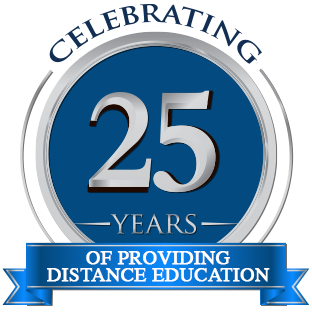How Can Students Use Social Media in Positive and Productive Ways?
Is social media just a distraction, or can it actually help you as a student?
While many parents and teachers worry about endless scrolling, the truth is that when used wisely, social media can support learning, collaboration, and personal growth.
For online high school students especially, platforms like YouTube, Instagram, and LinkedIn aren’t just for fun—they can become tools for success. Let’s look at five smart ways to make social media work for you instead of against you.
1.Can Social Media Help With Learning?
- Follow educational accounts, podcasts, or YouTube channels related to your courses.
- Use hashtags (#StudyTips, #MathHelp) to discover new resources.
- Watch explainer videos when you’re stuck on a topic.
According to Pew Research Center, over 50% of teens already use YouTube as a learning aid.
2.How Can You Build Study Communities Online?
- Join Facebook or Discord groups for students in similar subjects.
- Participate in Twitter/X threads about academic topics.
- Create group chats with classmates for accountability and support.
At Ogburn, our Features encourage students to collaborate both inside and outside the classroom.
3.Can Social Media Boost Career Readiness?
- Use LinkedIn to start building a professional profile.
- Share projects or achievements on digital portfolios.
- Follow career-focused accounts for insights into industries you’re interested in.
Platforms like Edutopia emphasize the importance of digital citizenship and career skills for students.
How Does Social Media Spark Creativity?
- Explore TikTok or Instagram Reels for creative ways to present projects.
- Post your own art, writing, or videos to build confidence.
- Learn editing, design, or storytelling skills by creating content.
Creativity online often translates into stronger critical thinking skills offline.
What About Staying Informed?
- Follow trusted news and science outlets to stay updated.
- Learn how to spot reliable vs. fake information.
- Engage in discussions about current events to build awareness.
Common Sense Media notes that teaching media literacy is one of the most valuable ways to prepare students for the future.
FAQs About Students and Social Media
Q1: Isn’t social media too distracting for students?
It can be—if unmanaged. But setting boundaries (time limits, app blockers) allows you to use it productively without falling into endless scrolling.
Q2: Is LinkedIn really useful for high school students?
Yes! Building a profile early can help with internships, networking, and future college applications.
Q3: How do I know which accounts are credible?
Stick to verified educational pages, nonprofit organizations, and recognized institutions. Cross-check info with reliable sources.
Q4: Can social media help me make real friends?
Definitely. Many students find supportive peer communities online that extend into real-life friendships. For more, see our FAQ.
Q5: Should students post personal information online?
No—protect your privacy. Share achievements and ideas, but avoid sensitive personal details.
Final Thoughts
Social media doesn’t have to be just a distraction—it can be a study tool, career starter, and creativity booster if you use it with intention.
At Ogburn Online School, we help students learn how to turn everyday digital tools into pathways for success.
Ready to put your focus into building both your diploma and your future? Enroll today.


